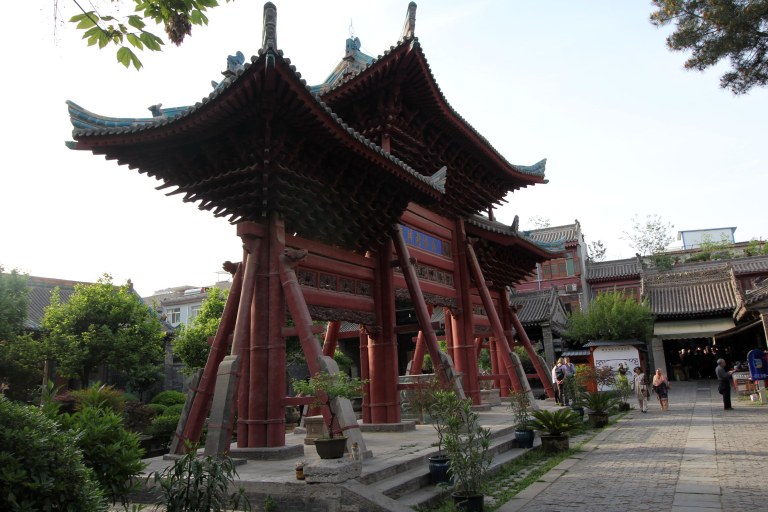
Grand Mosque Xian is the oldest, Largest and one of the most renowned mosques in China. It’s construction started in 742 AD, the first year of the Tianbao Era of Emperor Xuanrong’s reign in the Tang Dynasty, and additions were made during the Song (960-1279), Yuan (1271-1638), Ming (1368-1644), and Oing (1644-1911) dynasties, which makes it an ancient architectural complex representative of many periods of time.
In the Tang dynasty, Islam was introduced to China by the Arabian merchants. Many Muslims settled in China and married Han people. The Great Mosque was constructed at that time to honour the founders of Islam in China. Since then many other mosques have been erected across the county.
Arabs have, for thousands of years, maintained more or less permanent trade routes with mainland China. With this long familiarity, it is not surprising that the first Arab Muslims reached China not long after the Prophet’s death in the 7th century. However, the number of Arab traders operating in China was relatively small. It was not until the 13th century, when Kublai Khan expanded the Chinese Emperor westward, that the large numbers of Muslims were forcibly resettled in China as soldiers and artisans. Although most of these central Asian Muslims maintained their cultural heritage, they gradually mingled with the Chinese, creating a distinct minority known as the “Hui people”.
It was built and renovated in later periods (especially during the reign of the Hongwu Emperor of the Ming Dynasty). It remains a popular tourist site of Xi’an, and is still used by Chinese Muslims (mainly the Hui people) today as a place of Worship. Unlike most mosques in Middle Eastern or Arab countries, the Great Mosque of Xi’an is completely Chinese in its construction and architectural style, except for some Arabic lettering and decorations, for the mosque has neither domes nor traditional-style minarets.
Occupying an area of over 12,000 square meters, the Great Mosque is divided into four courtyards, 250 meters long and 47 meters wide with a well-arranged layout. Landscaped with gardens, the further one strolls into its interior, the more serene one feels. The first courtyard contains an elaborate wooden arch nine meters high covered with glazed tiles that dates back to the 17th century. In the center of the second courtyard, a stone arch stands with two steles on both sides. On one stele is the script of a famous calligrapher named Mi Fu of the Song Dynasty; the other is from Dong Oichang, a calligrapher of the Ming Dynasty. Their calligraphy because of such elegant yet powerful characters is considered to be a great treasure in the art of handwriting. At the entrance to the third courtyard is a hall that contains many steles from ancient times. As visitors enter this courtyard, they will see the Xingxin Tower, a place where Muslims come to attend prayer services. A ‘Phoenix’ placed in the fourth courtyard, the principal pavilion of this great mosque complex, contains the Prayer Hall, the surrounding walls of which are covered with colored designs. This Hall can easily hold 1,000 people at a time and according to traditional custom, prayer services are held five times every day respectively at dawn, noon, afternoon, dusk and night.
It is the only mosque in the country that is open to visitors. However, non-Muslim visitors are not allowed to enter the main prayer hall. The Great Mosque was added to the UNESCO Islamic Heritage List in 1985.
Entrance to the mosque through Muslim street Xian
Entrance to first courtyard with beautiful freestanding wooden structure with 3 arches made in ancient Chinese architectural style
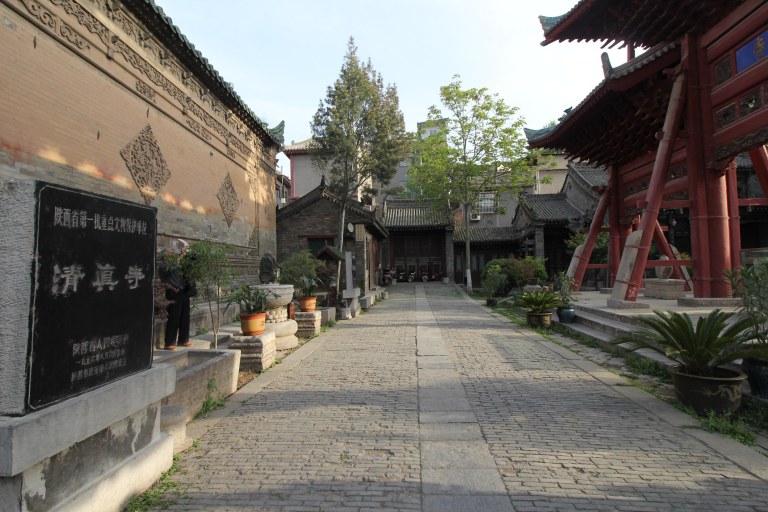


Entrance to second Courtyard
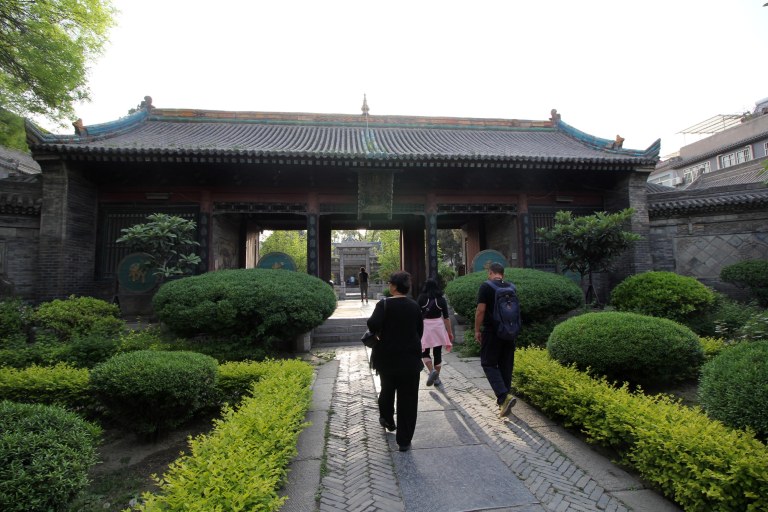
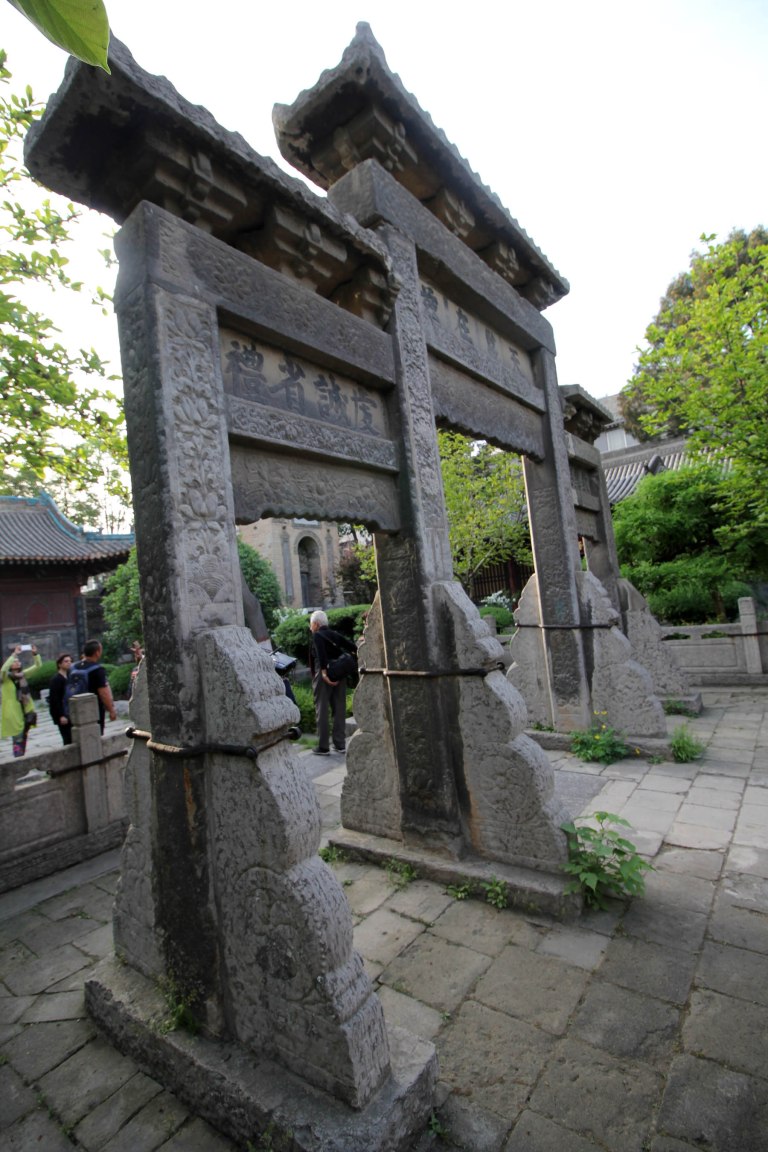
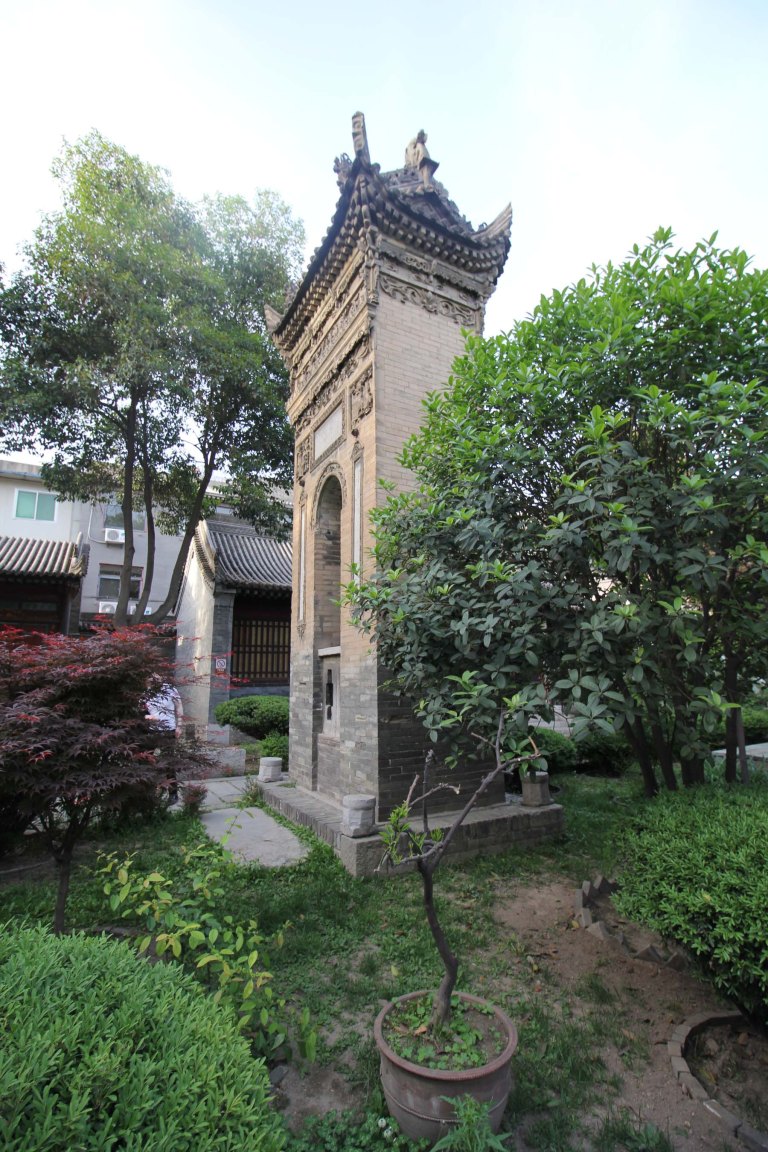

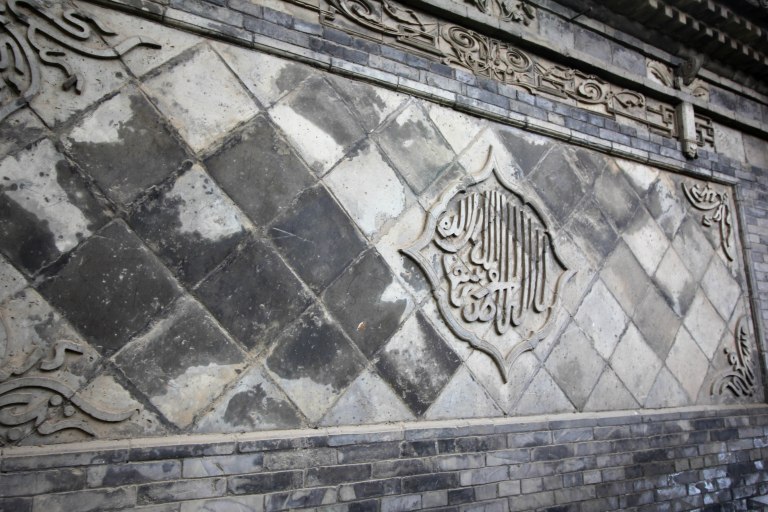
Intricate low reliefs of landscape in Chinese style on walls
Entrance to third Courtyard
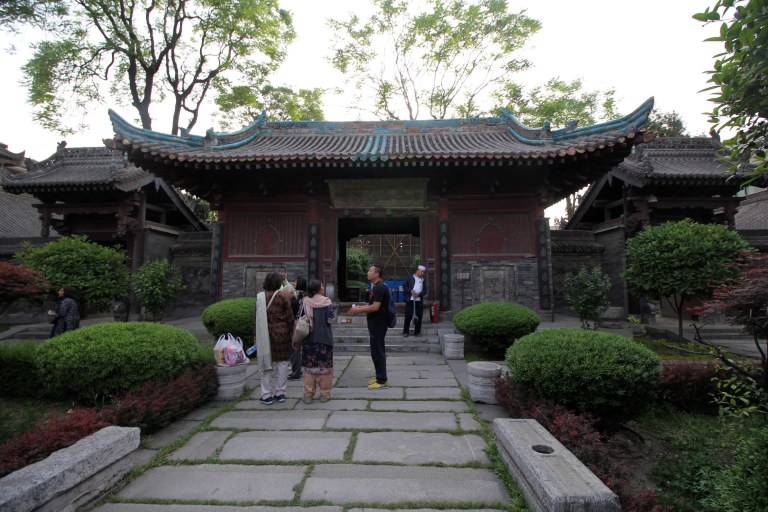
Ancient stone plaques/ steles with inscriptions in Arabic and Chinese language.

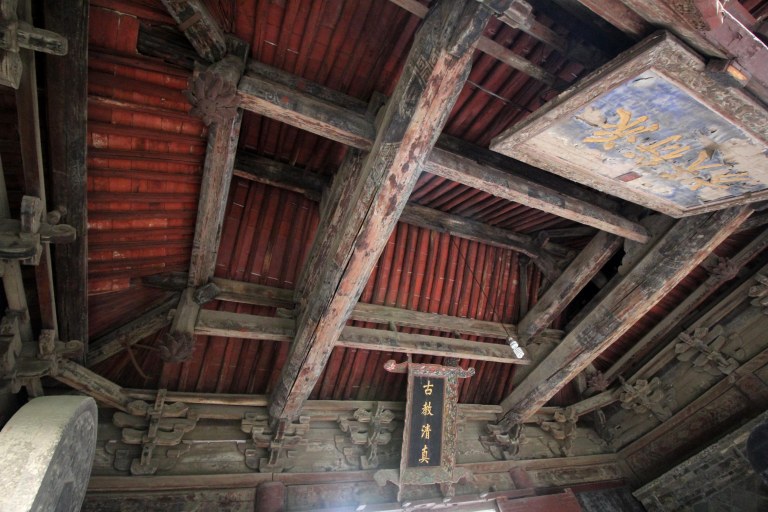
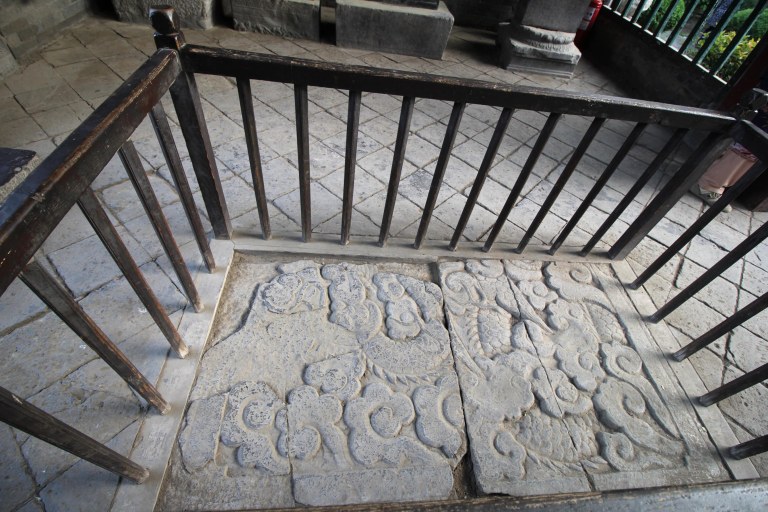
Rooms on the sides of courtyard which served as meeting rooms for Islamic scholars are preserved as they were.
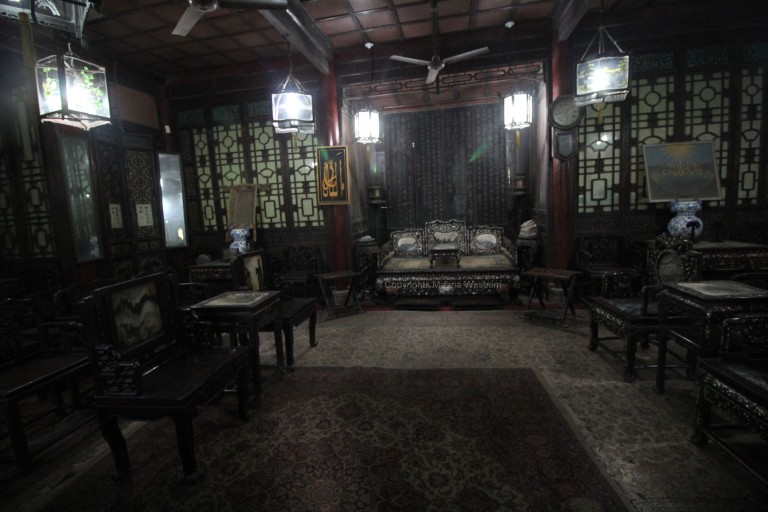
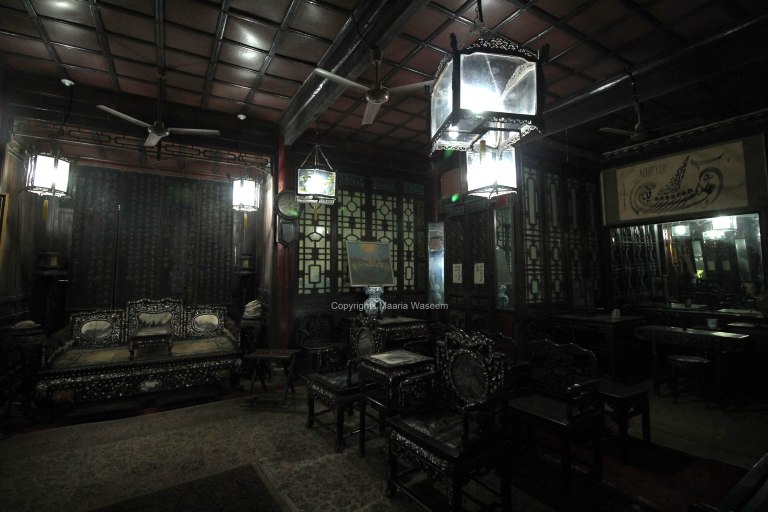
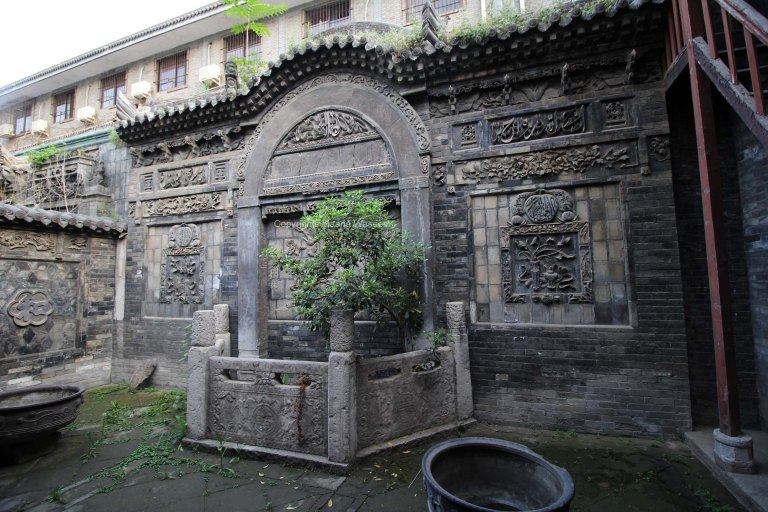
Entrance to Yinzhen pavilion and final courtyard with prayer hall
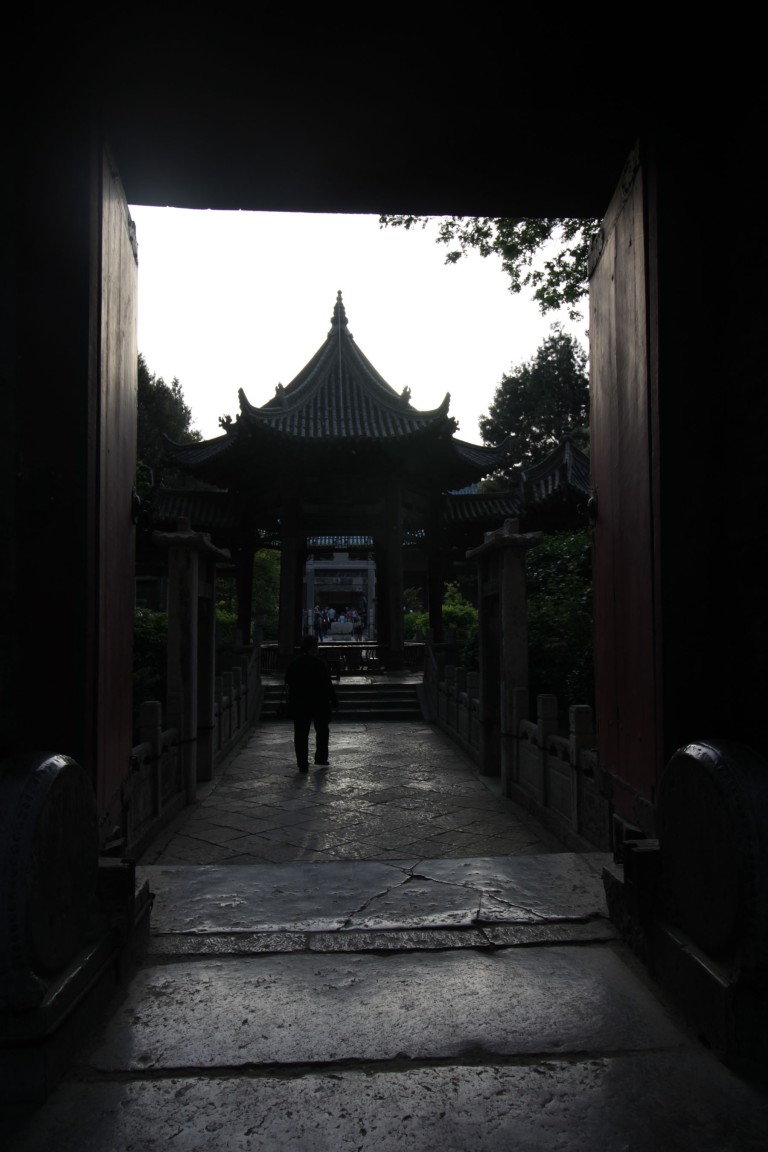
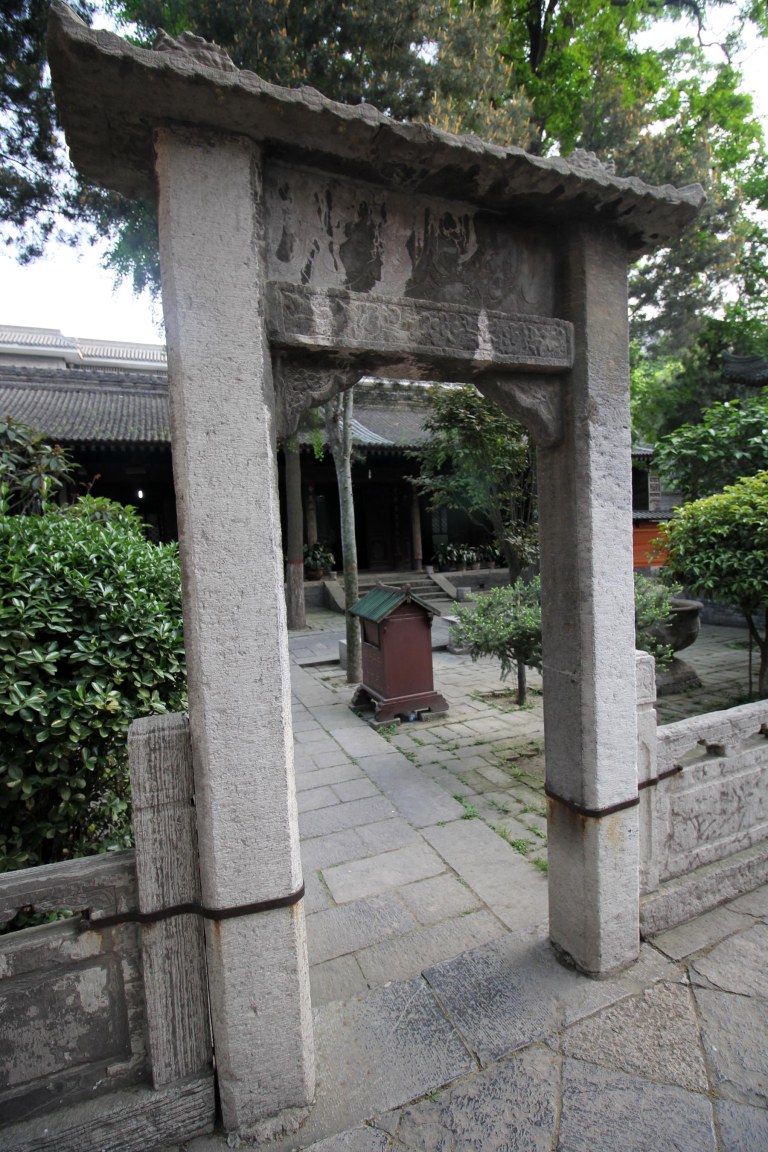
Yizhen Pavilion
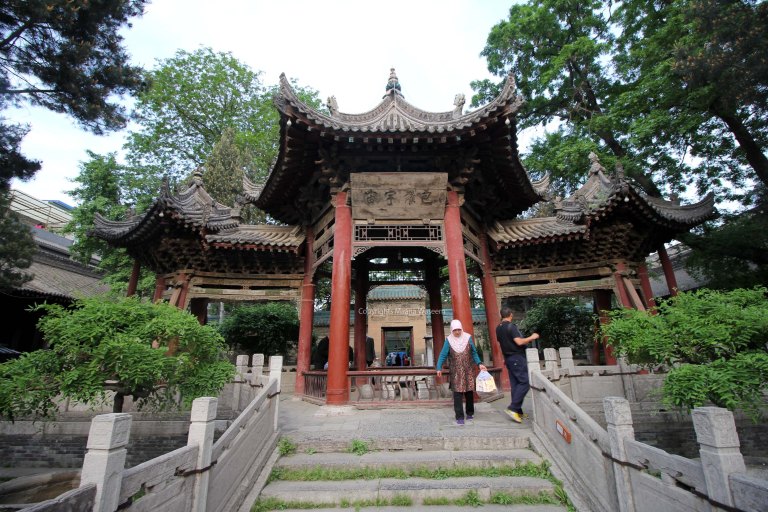
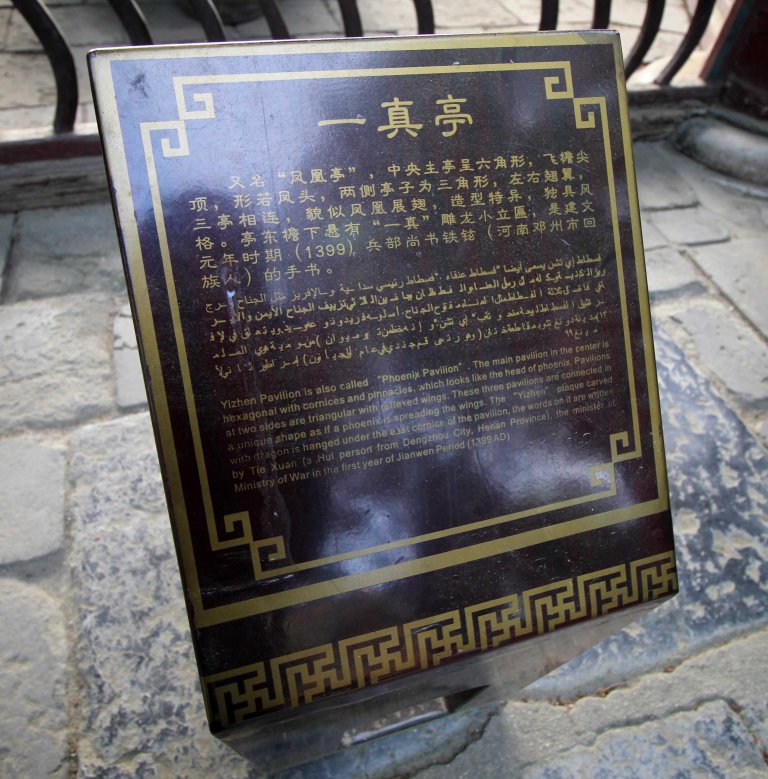
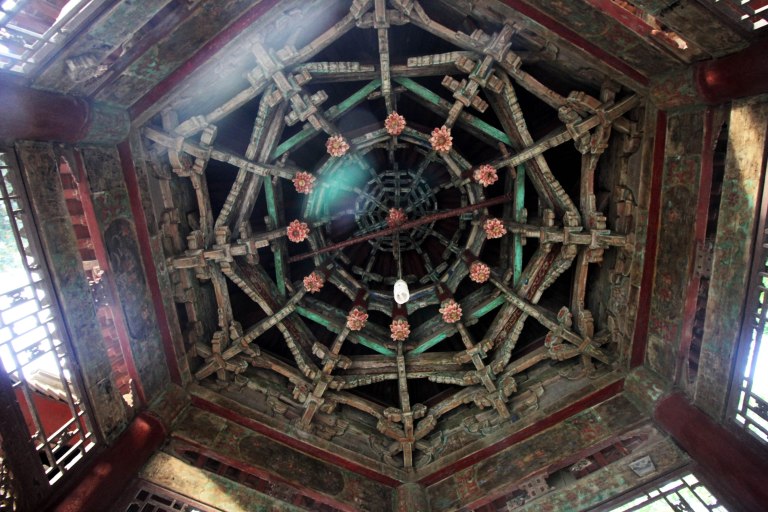
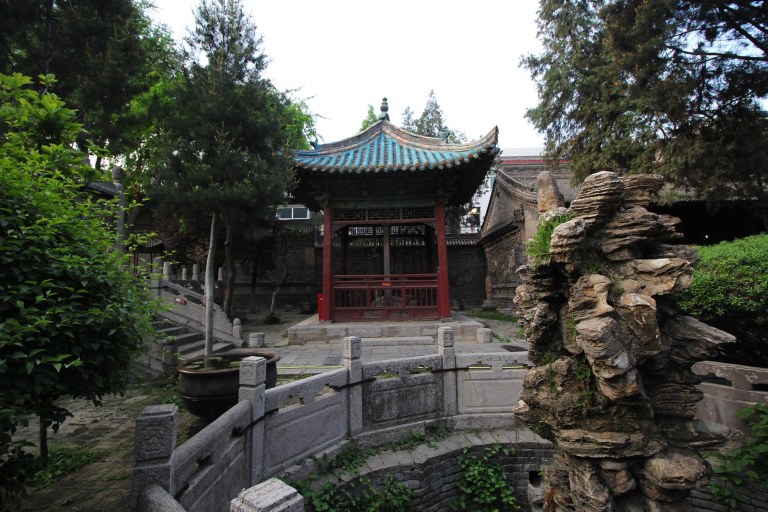
Prayer Hall
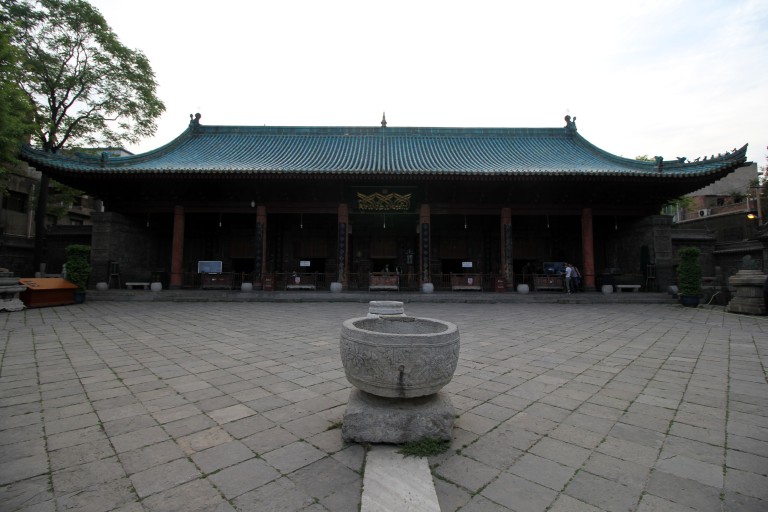
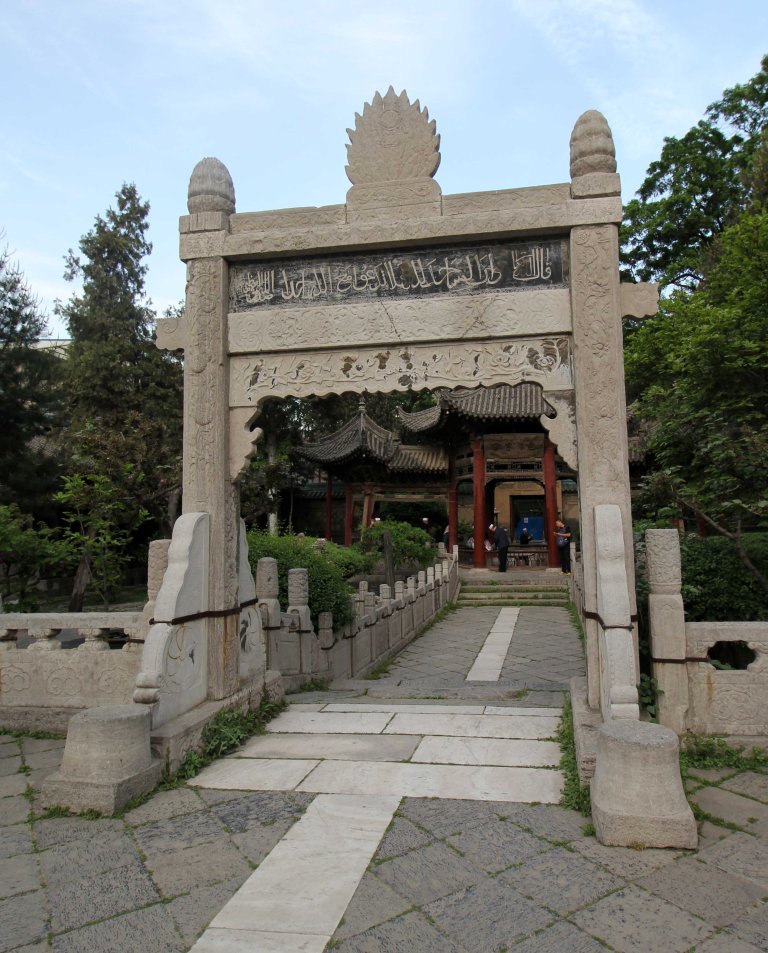
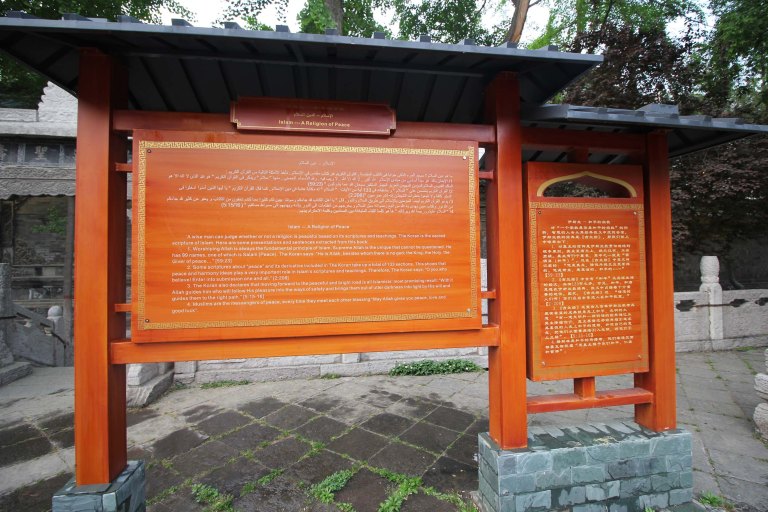
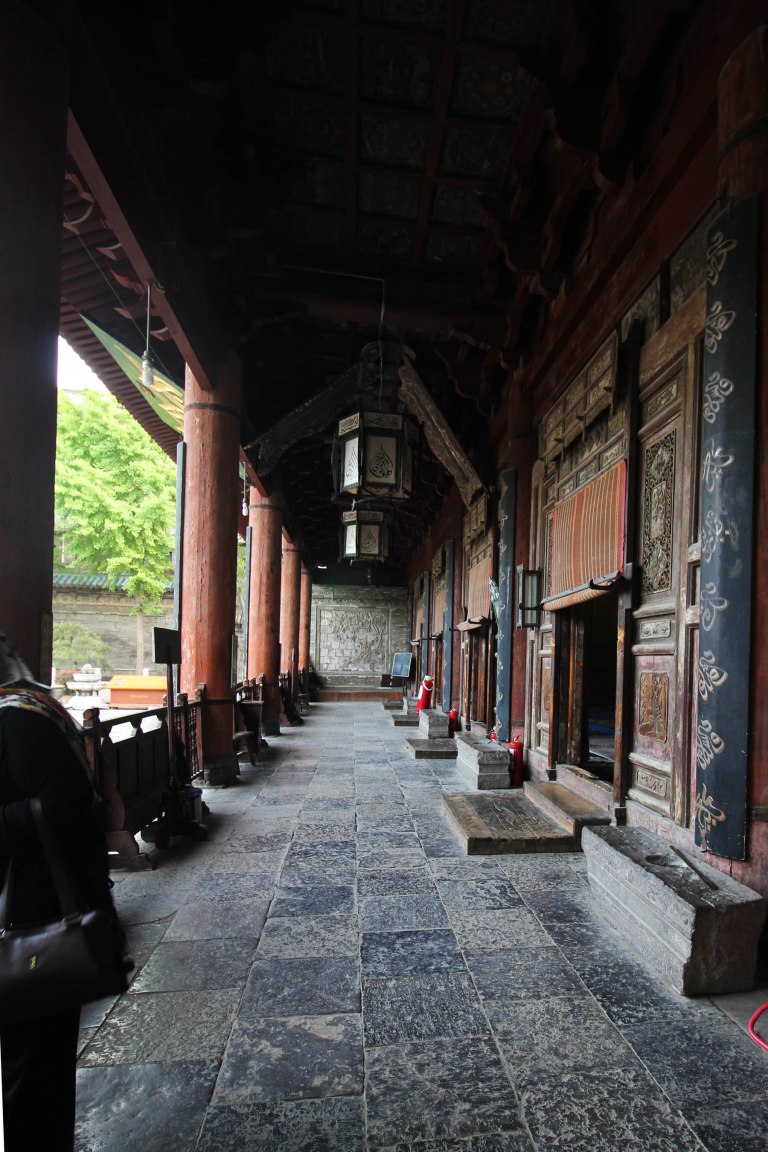

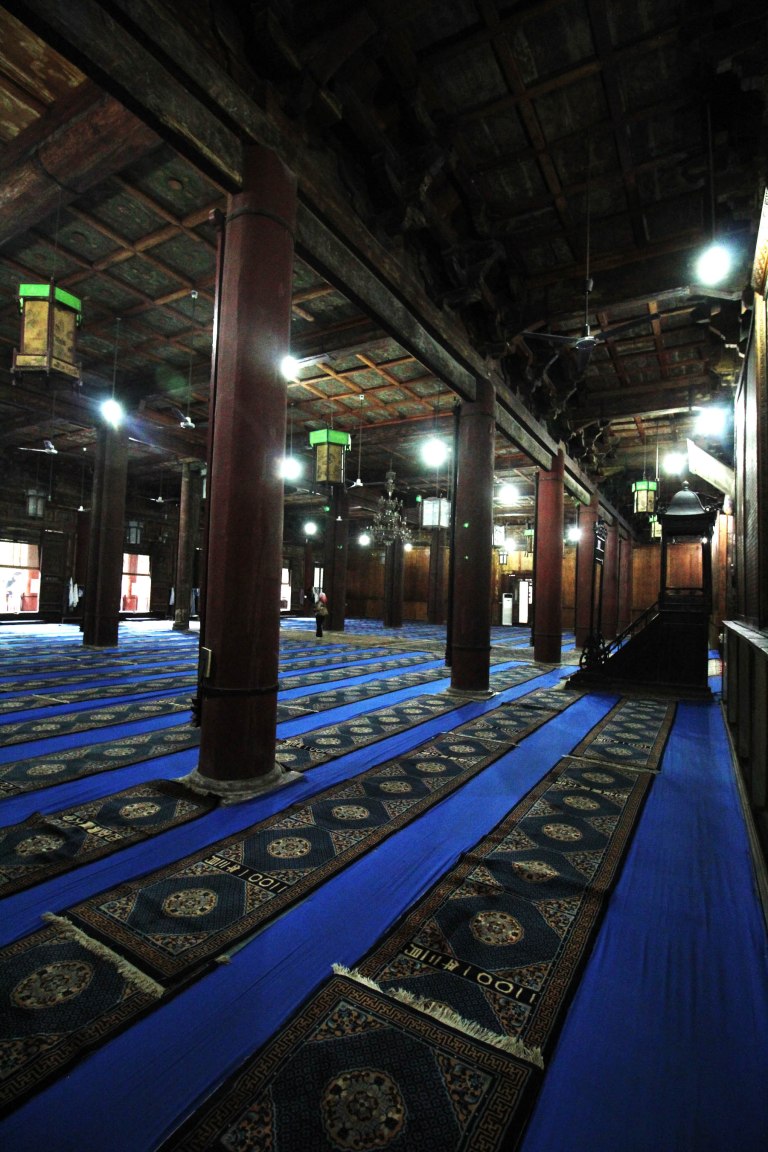
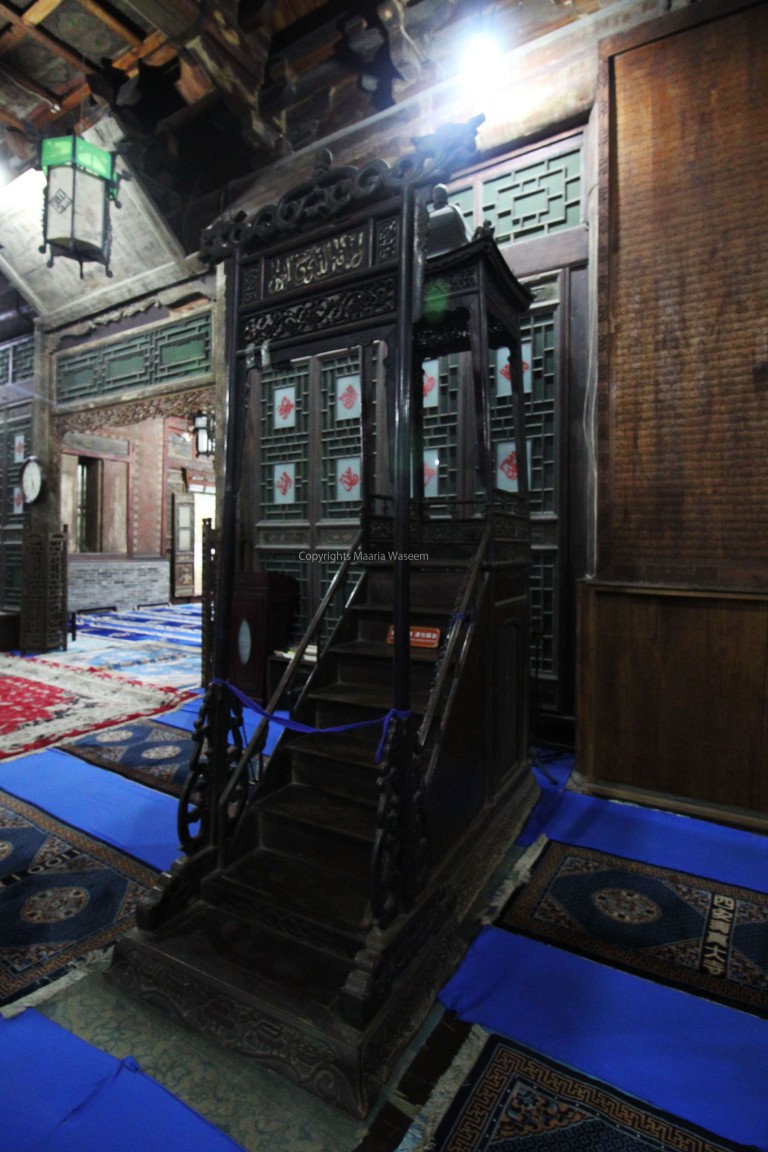
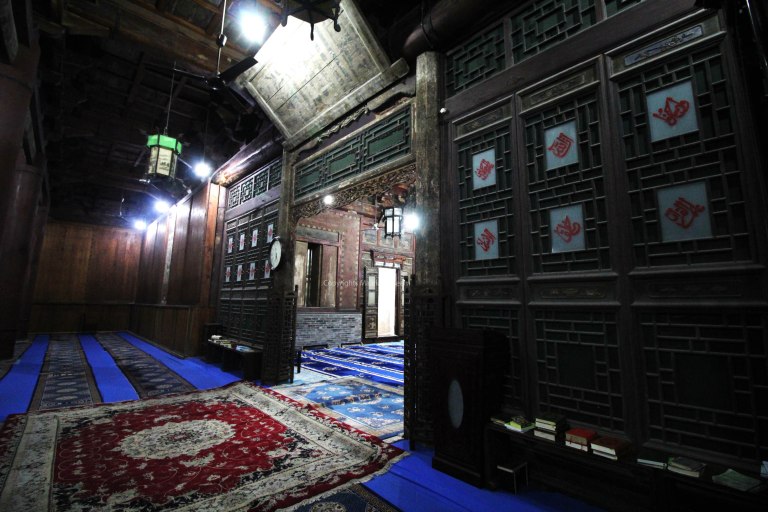
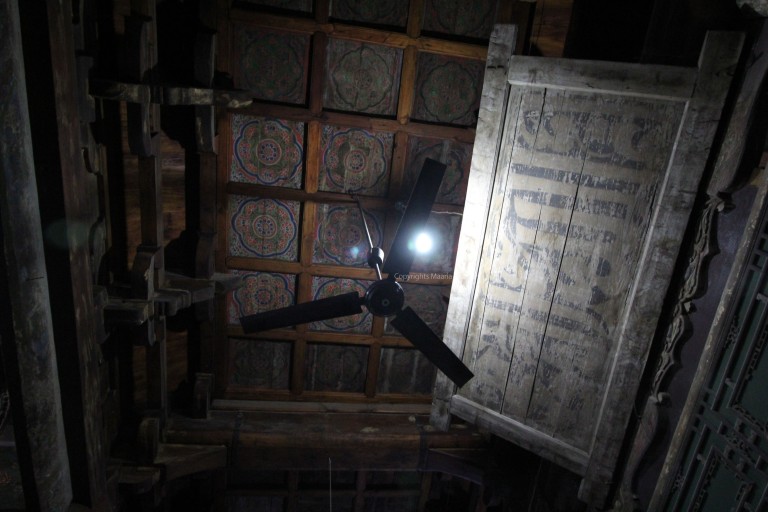
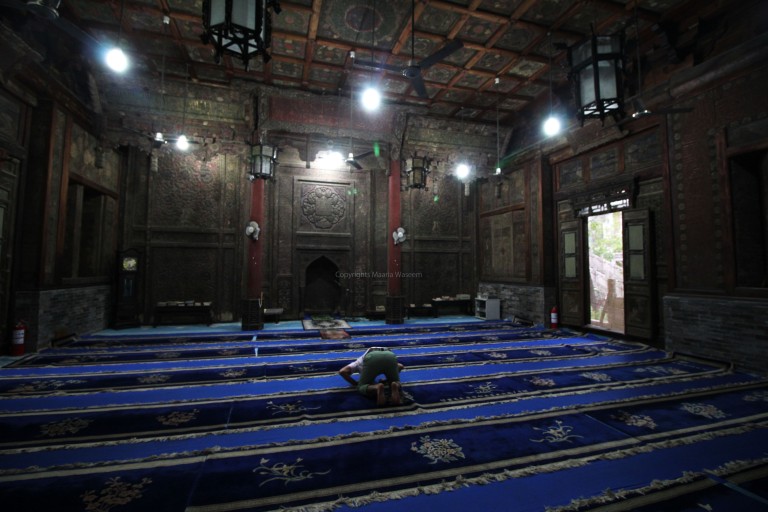
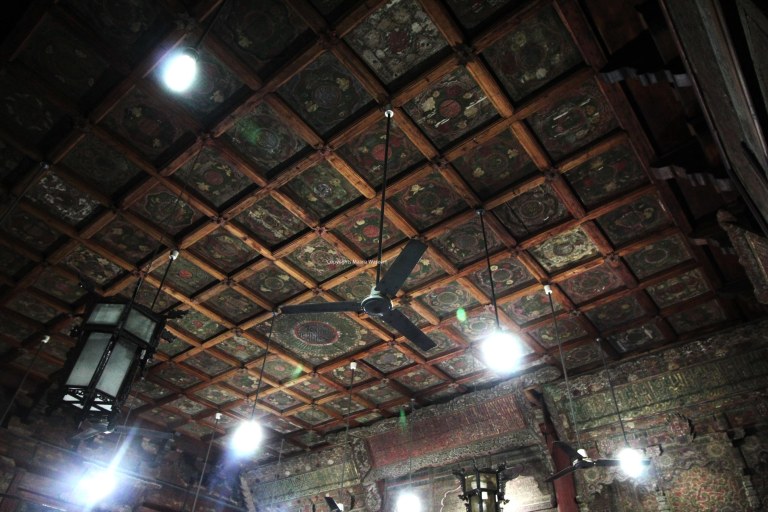

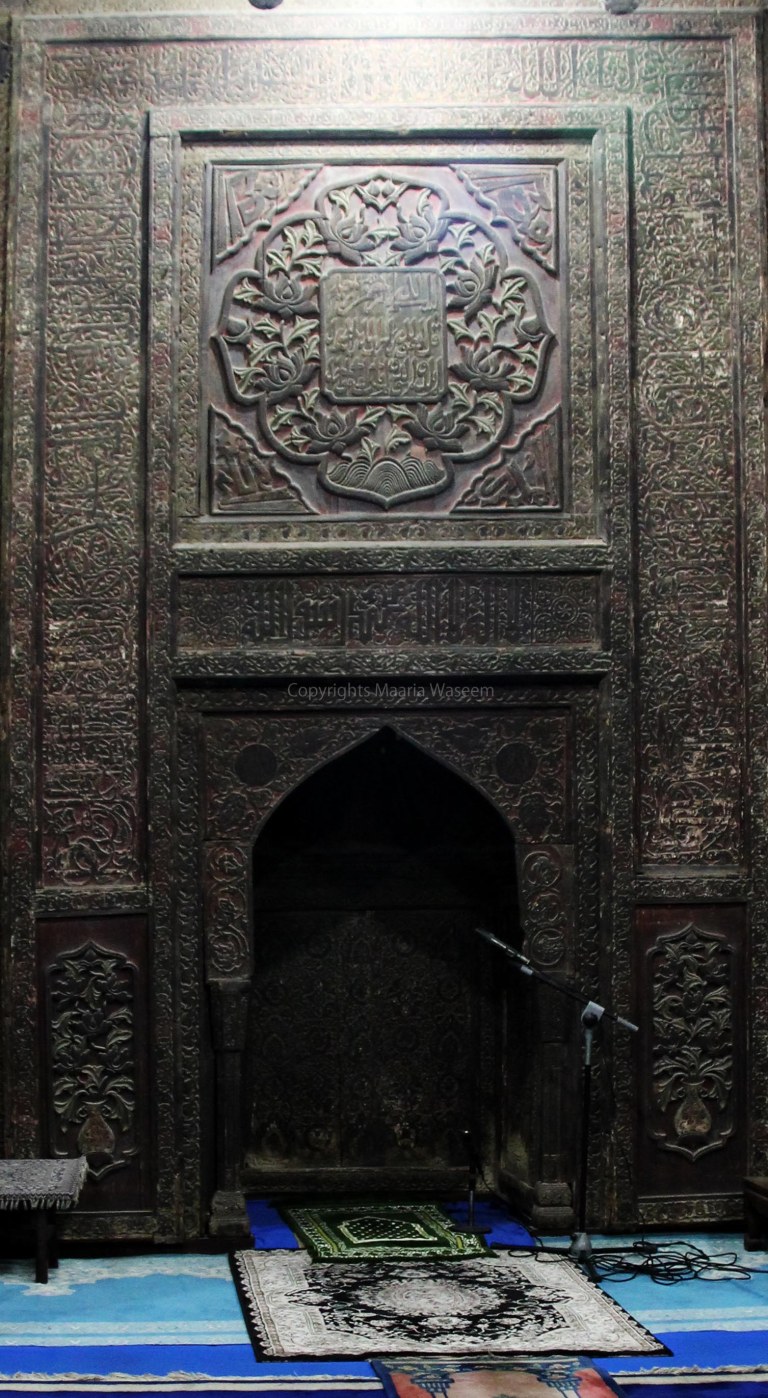
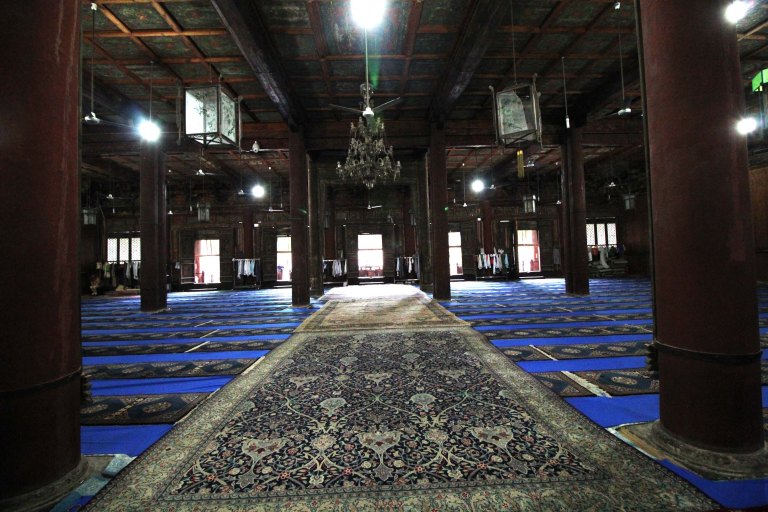
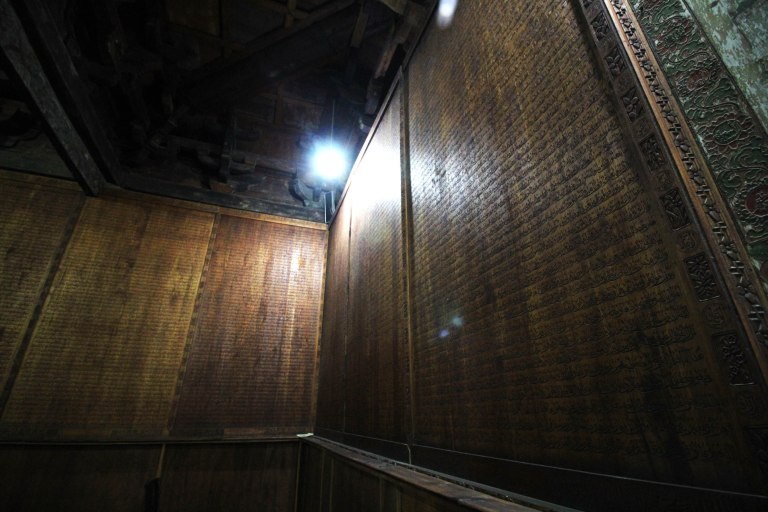
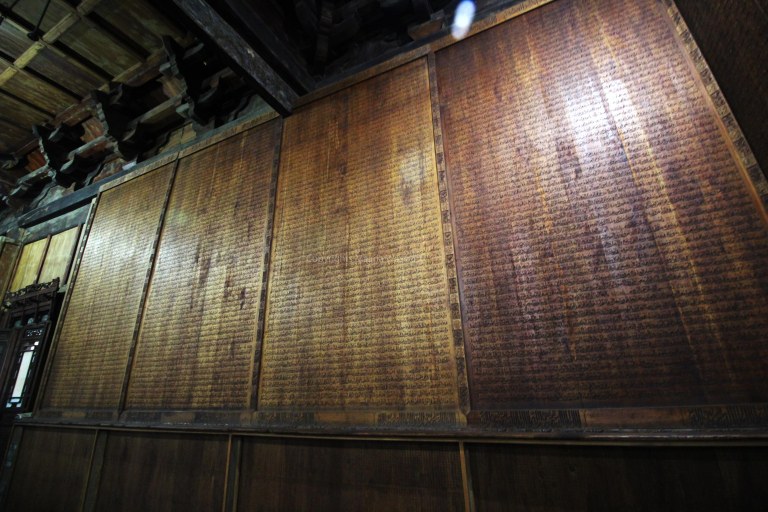

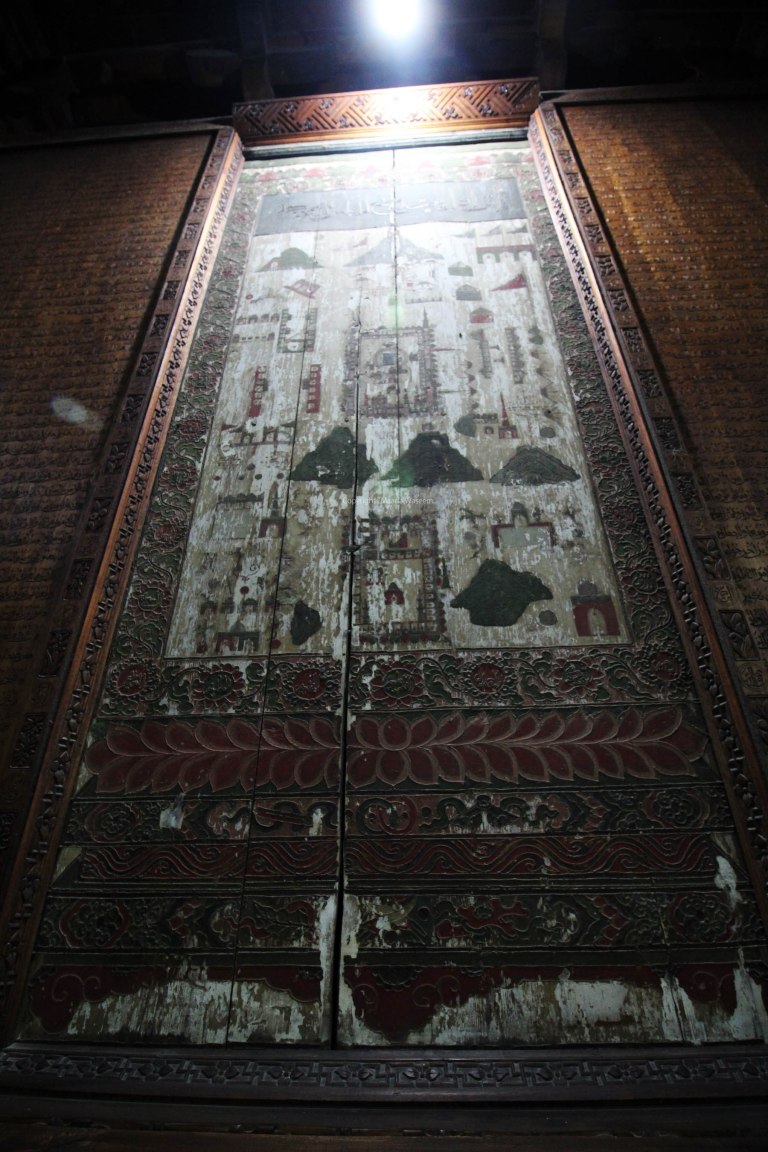
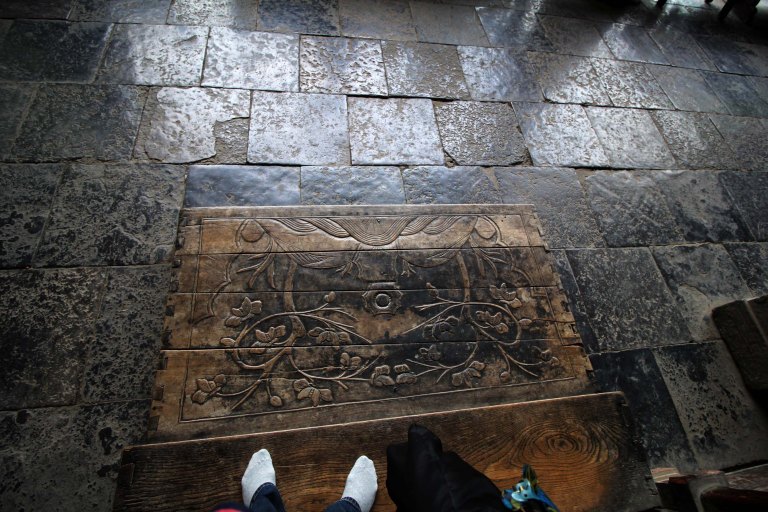






















Absolutely in love with your work! Keep it up!!
LikeLiked by 1 person
Thank you so much Fatima means a lot !!!!
LikeLike